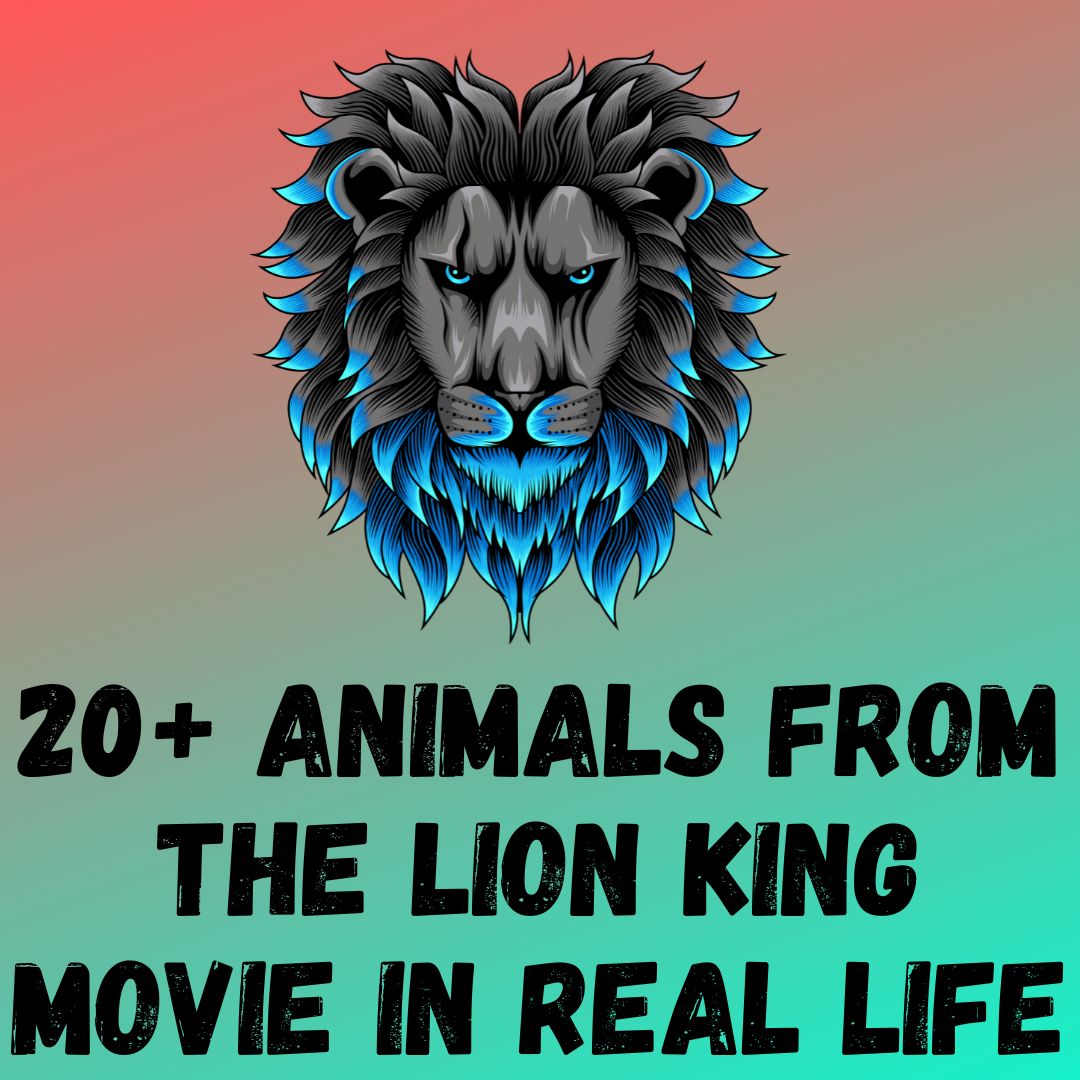“The Lion King,” a timeless Disney classic, not only captured our hearts with its engaging storyline and memorable characters but also introduced us to a rich tapestry of African wildlife. While the characters themselves are products of imagination, many of them are inspired by real animals that inhabit the vast and diverse landscapes of the African continent. In this article, we will delve into the 20 fascinating animal characters from “The Lion King” movie and explore their real-life counterparts, shedding light on the remarkable creatures that inhabit the African savannas, jungles, and ecosystems.
Simba and Mufasa: African Lions
In the Movie:
Simba, the protagonist, and his father Mufasa are portrayed as majestic African lions, embodying strength and leadership. Mufasa’s wise guidance shapes Simba’s character as he prepares to inherit the throne.
In Real Life:
African lions, known as Panthera leo, are iconic apex predators of the savannas. They exhibit social behavior, living in prides led by dominant males like Mufasa. Lions are vital to ecosystem balance by regulating prey populations.
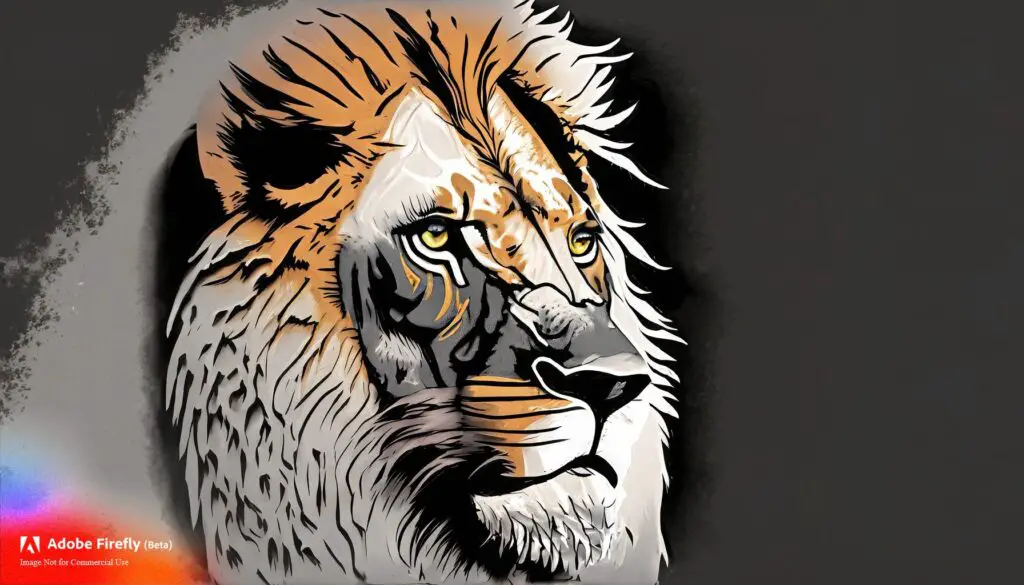
Scar: The Villainous Lion
In the Movie:
Scar, Simba’s treacherous uncle, is the film’s antagonist. His cunning nature leads to tragedy in the Pride Lands as he seeks power and dominance.
In Real Life:
Lions like Scar are inspired by real-life behavior of rogue males. These individuals challenge pride leaders, resulting in power shifts and instability. Such conflicts highlight the complex social dynamics within lion communities.
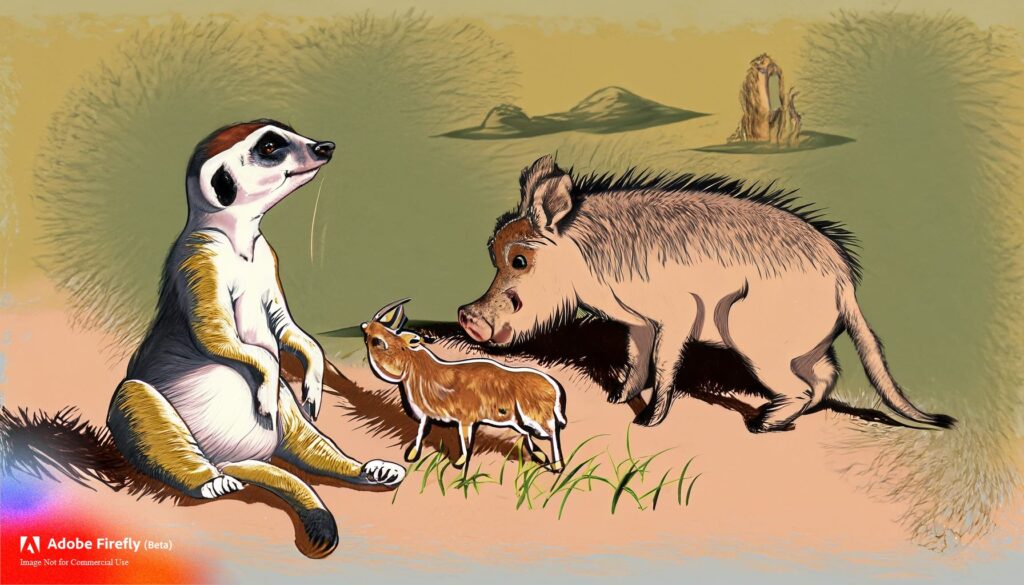
Timon and Pumbaa: Meerkat and Warthog
In the Movie:
Timon the meerkat and Pumbaa the warthog provide comic relief. They befriend Simba and teach him the carefree lifestyle of “Hakuna Matata.”
In Real Life:
Meerkats exhibit communal behaviors, living in mobs for protection and cooperation. Warthogs, despite their unconventional appearance, play crucial roles in ecosystems by aerating soil and dispersing seeds.
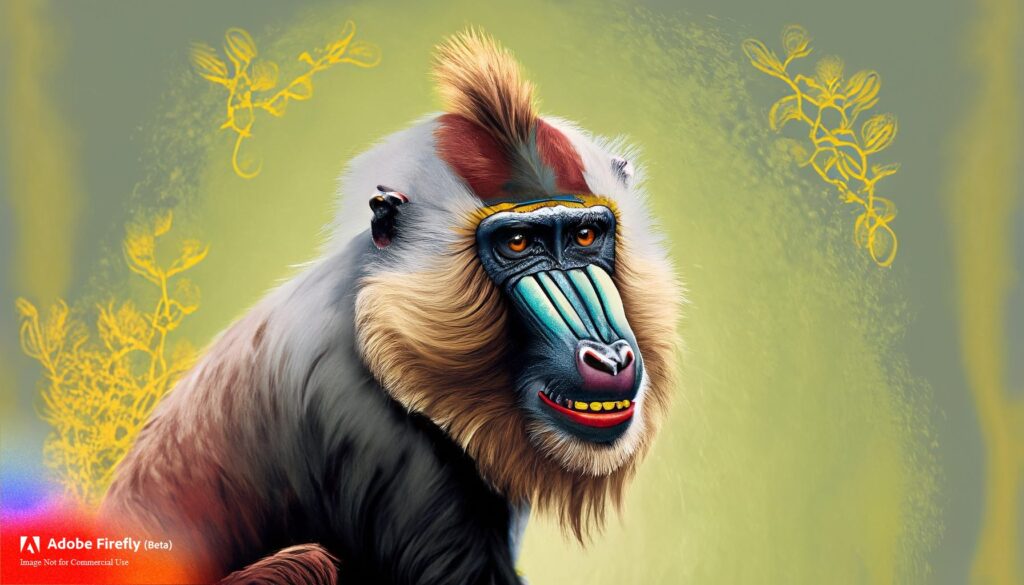
Rafiki: The Wise Mandrill
In the Movie:
Rafiki, the mystical mandrill, serves as a spiritual guide. His wisdom and connection to the past guide Simba’s journey.
In Real Life:
Mandrills are colorful primates found in African rainforests. While not shamans, they contribute to forest health by dispersing seeds. Their vibrant faces and social behaviors are intriguing aspects of their real-life counterparts.
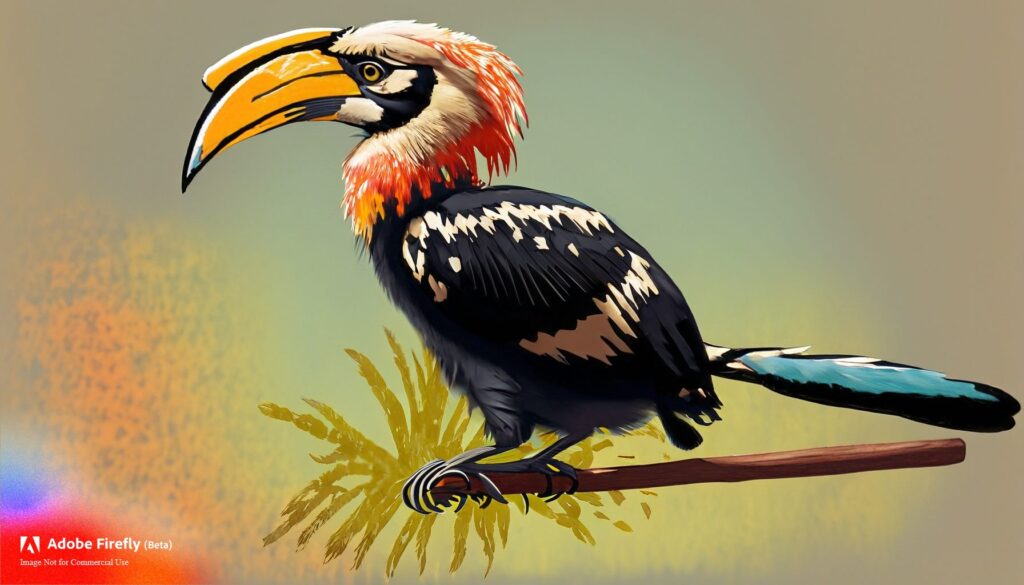
Zazu: The Lively Hornbill
In the Movie:
Zazu, the royal hornbill, adds humor and serves as Mufasa’s steward. His lively personality contrasts with his serious duties.
In Real Life:
African hornbills are diverse birds with unique bill shapes. They play roles in seed dispersal and forest regeneration. While Zazu’s character is exaggerated, hornbills’ ecological importance is accurate.
Sarabi: The Lioness
In the Movie: Sarabi is Simba’s mother and a strong lioness who stands alongside Mufasa in protecting the Pride Lands.
In Real Life: Lionesses like Sarabi are essential to pride dynamics. They are skilled hunters, contributing significantly to the pride’s survival by providing food for the group.
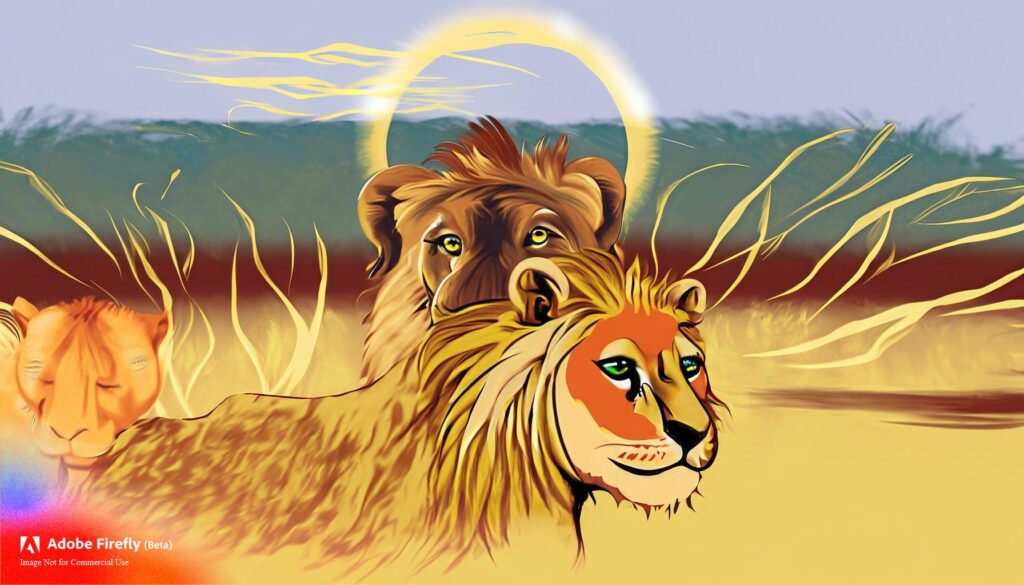
Nala: Simba’s Fierce Companion
In the Movie: Nala is Simba’s childhood friend and later becomes his queen. Her courage and determination drive her to seek help and reclaim the Pride Lands.
In Real Life: Female lions like Nala are integral to pride unity. They exhibit strong maternal instincts and contribute to hunting efforts, ensuring the survival of the group.
Hyenas: The Mischievous Clan
In the Movie: The hyenas, led by Shenzi, Banzai, and Ed, serve as Scar’s henchmen, embodying cunning and chaos.
In Real Life: Hyenas are intelligent scavengers with complex social structures. While not inherently villainous, their opportunistic behavior and vocalizations contribute to their portrayal as antagonists.
Elephants: Gentle Giants of the Savanna
In the Movie: African elephants appear in various scenes, including Simba’s presentation. They symbolize the grandeur of the Pride Lands.
In Real Life: African elephants are keystone species, shaping their environments by creating water holes and clearing vegetation. They exhibit strong familial bonds and intricate communication.
Giraffes: Graceful Towers of the Grasslands
In the Movie: Giraffes grace the Pride Lands’ landscapes, adding to the movie’s African ambiance.
In Real Life: Giraffes are remarkable herbivores, adapting to various habitats. Their towering necks aid in reaching leaves high in trees, and their unique coat patterns are used for social recognition.
Zebras: Striped Beauties of the Plains
In the Movie: Zebras make appearances during Simba’s presentation and in various scenes, contributing to the savanna’s biodiversity.
In Real Life: Zebras’ distinctive black and white stripes serve as camouflage and social cues. They participate in long-distance migrations, showcasing the interconnectedness of ecosystems.
Wildebeests: Migratory Wonders
In the Movie: Wildebeests play a pivotal role in the stampede scene, amplifying the film’s dramatic tension.
In Real Life: Wildebeest migrations are awe-inspiring events, influencing grassland health and nutrient distribution. Their mass movements shape landscapes and provide resources for predators.
Cheetahs: Speed and Elegance
In the Movie: Cheetahs appear in various scenes, capturing the essence of speed and agility.
In Real Life: Cheetahs are renowned for their incredible acceleration and speed. They are solitary hunters, relying on bursts of speed to catch prey. Their vulnerability to habitat loss underscores conservation challenges.
Meerkats: Social Sentinels
In the Movie: Timon, the meerkat, showcases their sentinel behavior, alerting others to potential threats.
In Real Life: Meerkats’ social dynamics involve sentinel duties and cooperative care for young. They are essential in controlling insect populations and contribute to ecosystem health.
Warthogs: Unconventional Elegance
In the Movie: Pumbaa the warthog provides comic relief, challenging stereotypes with his endearing personality.
In Real Life: Warthogs’ unusual appearance belies their ecological importance. They engage in mutualistic relationships with birds, contributing to habitat balance.
Hippopotamuses: Mighty River Guardians
In the Movie: Hippopotamuses appear briefly, representing the aquatic habitats of Africa.
In Real Life: Hippopotamuses are semi-aquatic mammals, shaping river ecosystems through their presence and excretions. They are considered keystone species, influencing water quality and vegetation.
Crocodiles: Stealthy Predators
In the Movie: Crocodiles appear in the movie’s landscapes, highlighting the dangers of African waterways.
In Real Life: Crocodiles are apex predators, regulating aquatic ecosystems by controlling prey populations. Their ambush hunting strategies are both fascinating and vital to maintaining ecosystem balance.
Mandrills: Colorful Kings of the Forest
In the Movie: Rafiki, the mandrill, exudes wisdom and spirituality, guiding Simba on his journey.
In Real Life: Mandrills are visually striking primates with vibrant coloration. They contribute to forest regeneration through seed dispersal and serve as indicators of ecosystem health.
African Hornbills: Avian Personalities
In the Movie: Zazu the hornbill adds humor and charm, reflecting the diversity of African birdlife.
In Real Life: African hornbills exhibit unique bill shapes and behaviors. They play crucial roles in seed dispersal and forest health, emphasizing the interconnectedness of ecosystems.
African Birds: A Symphony of Song
In the Movie: Various African bird species contribute to the film’s ambiance with their calls and presence.
In Real Life: African birds are essential components of ecosystems, participating in pollination, seed dispersal, and insect control. Their diverse songs create a vibrant symphony in African landscapes.
3 Real-Life Animals That Inspired ‘The Lion King’
The timeless tale of “The Lion King” is not just a work of fiction; it draws inspiration from the intricate and captivating world of African wildlife. While the characters in the movie possess human-like qualities and engage in epic adventures, their origins can be traced back to the behaviors and traits of real-life animals that inhabit the African savannas and jungles. Let’s explore three remarkable creatures that provided the foundation for some of our favorite characters:
1. African Lions: The Majestic Monarchs
It’s no surprise that the regal lions are at the heart of “The Lion King.” These apex predators are known as the kings of the animal kingdom for their strength, presence, and social structure. Just like the characters Simba and Mufasa, real African lions exhibit intricate family dynamics, with prides led by dominant males and lionesses working together for the pride’s survival. The movie’s portrayal of Mufasa’s wisdom and Simba’s journey to reclaim his rightful place mirrors the essence of these magnificent creatures.
2. Meerkats: Guardians of the Burrows
Timon, the witty and charismatic meerkat, brings humor and warmth to “The Lion King.” Meerkats, native to the Kalahari Desert, are highly social animals that live in tight-knit groups called mobs. They share sentinel duties, taking turns to keep watch for predators while others forage for food. Timon’s vigilant behavior and strong bond with Pumbaa the warthog reflect the real-life meerkats’ cooperative and protective nature. Although Timon’s ability to talk and engage in human-like activities is fictional, his essence is rooted in the meerkats’ fascinating behaviors.
3. Mandrills: Guardians of Wisdom
Rafiki, the wise and mystical mandrill, serves as a spiritual guide in “The Lion King.” While Rafiki’s portrayal may include fantastical elements, his character draws inspiration from the colorful and enigmatic mandrills of Africa. These primates are known for their vibrant facial markings and are often associated with wisdom and leadership in local folklore. Rafiki’s role as a mentor and adviser to Simba aligns with the real-life mandrills’ social structure, where older individuals often hold influential positions within the group.
“The Lion King” artfully weaves these real-life animals’ traits and behaviors into a narrative that captures the imagination and touches the heart. While the movie adds a touch of magic to their stories, the essence of these creatures continues to shine through, reminding us of the incredible world of wildlife that inspired this iconic tale.
Conclusion: Celebrating African Wildlife
“The Lion King” captured our hearts with its compelling narrative and vibrant characters, many of which are inspired by real animals. While the movie takes creative liberties, it serves as a reminder of the beauty and complexity of African ecosystems. As we await the release of new installments, let’s continue to celebrate and protect the incredible wildlife that graces the African continent.
In conclusion, “The Lion King” not only brought us a heartwarming tale of family, identity, and the circle of life but also introduced us to a diverse cast of animal characters that mirror the beauty and significance of real-life African wildlife. As we watch Simba’s journey unfold on screen, let’s also appreciate the intricate connections that exist within the animal kingdom and the importance of preserving these magnificent creatures and their habitats for generations to come.
